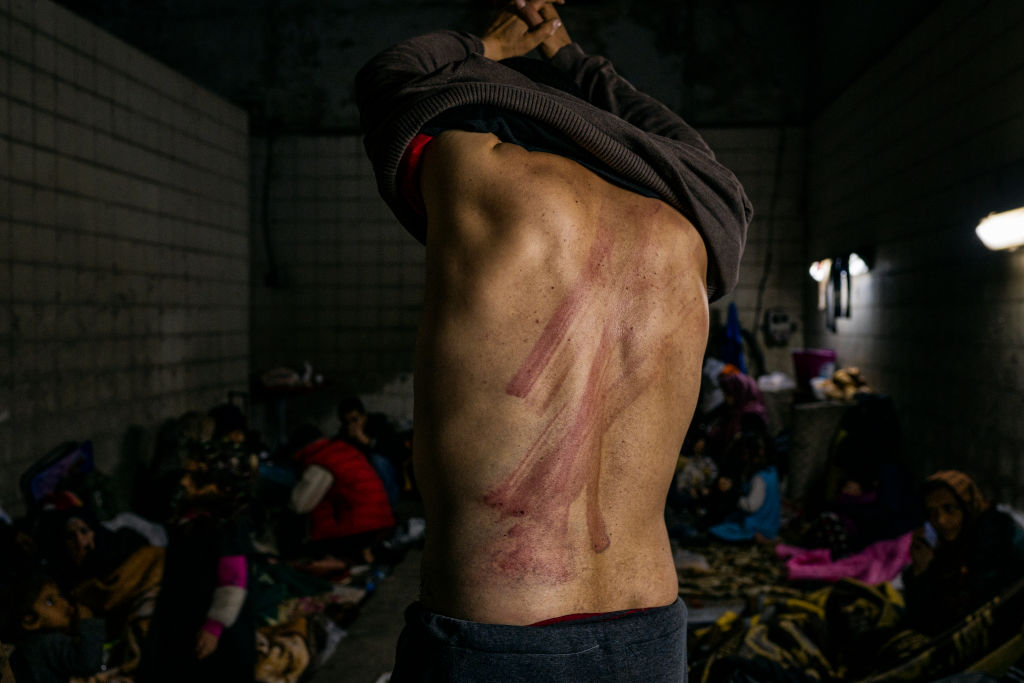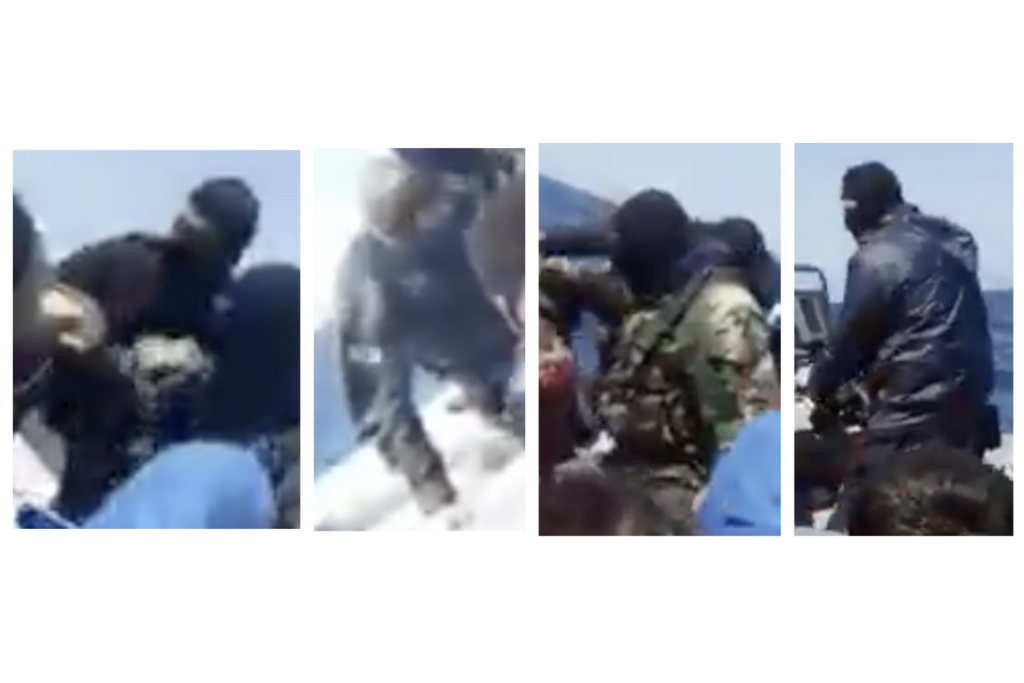Masked men
Clandestine state forces behind most violent pushbacks, according to new evidence
Repeated reports have emerged from the EU’s frontier states of Greece and Croatia describing armed groups hunting down asylum seekers and forcing them back over borders, denying them the right to seek international protection.
The most violent are typically undertaken by men working in secret, concealing their faces with balaclavas. Groups of masked men have been active in Greece and Croatia on land at sea. Authorities in both countries deny knowledge of these groups and their activities. Without identifying them there is now way to hold them accountable. The command structure of these groups is unknown. They are not identifiable by their uniforms and they certainly have no tags or other kinds of patches on their clothing. Their activities take place in highly surveilled and militarized border areas but no official reports have been forthcoming from national or EU agencies.
METHODS
The basis for this investigation were hundreds of testimonies from asylum seekers collected by journalists, activist groups and researchers. The majority describe coordinated attacks on land and at sea by men wearing balaclavas or ski masks. Video material of these masked men in action is rare which makes it hard to even prove that they exist, let alone to interrogate whether they have connections to any state or other agencies. In almost all incidents phones or any other cameras are confiscated or destroyed during the attacks.
We obtained and analysed rare video footage of the masked men at the border with Croatia and on the Aegean in Greece. By using Open Source intelligence (Osint) we were able to calculate when and where these videos were taken and to establish that the men in the footage are acting with the knowledge of national authorities.
STORYLINES
Testimonies of pushbacks from Greek to Turkish waters are common. What video evidence exists has been shot with cheap smartphones, resulting in low resolution images. One of the videos was recorded by a person on a dinghy attempting to cross the Aegean. They got approached by a speedboat with men in dark clothing and balaclavas. There are no patches on their clothing and no number on their boat. The men enter the dinghy and destroy the engine, leaving the migrants drifting in the open sea.
Even though it was not possible to identify the individuals or the unit they belonged to, we were able to establish that the speed boat (RHIB) they were using, belonged to the Greek coastguard, by comparing the unique marks of the craft, from the paint to missing elements, with other video footage of boats from the coastguard.
On the land borders of the Balkans video evidence is even scarcer, despite the overwhelming volume of testimonies. In a joint investigation with Der Spiegel, we verified the first known video of masked men at the Croatian border. The video, taken by migrants, shows how men, in a mixture of different uniforms but all wearing balaclavas, beat asylum seekers with something that looks like tree branches and rods at the end of a pole and chase them back over a river. Although it was impossible to tell to which unit the men at the border belonged to, it seemed very unlikely that they operated without the consent of the Croatian authorities, given the fact that the border is heavily surveilled.
To keep up to date with Lighthouse investigations sign up for our monthly newsletter
The Impact
Our investigations don’t end when we publish a story with media partners. Reaching big public audiences is an important step but these investigations have an after life which we both track and take part in. Our work can lead to swift results from court cases to resignations, it can also have a slow-burn impact from public campaigns to political debates or community actions. Where appropriate we want to be part of the conversations that investigative journalism contributes to and to make a difference on the topics we cover. Check back here in the coming months for an update on how this work is having an impact.



